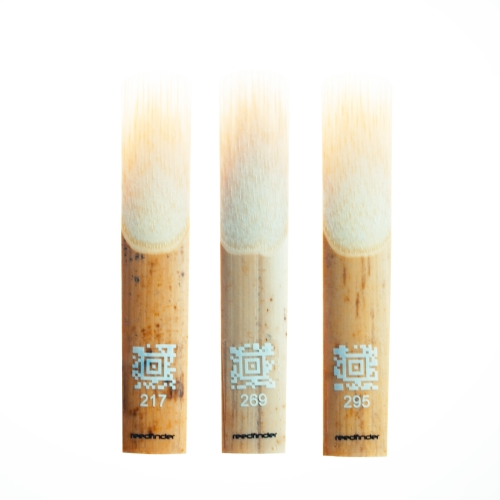Chromatic Tuner
Base Pitch:440 Hz
Transposition:Concert Pitch
--
-
--- Hz
-50
-25
-10
0
10
25
50
0¢
Waiting...
Harmonic Structure Analyzer
Fundamental:--- Hz
1st
---
2nd
---
3rd
---
4th
---
5th
---
6th
---
7th
---
8th
---
Advanced Pitch Tendency Analysis

Unlock professional-grade pitch analysis features including:
- Historical pitch tracking
- Instrument-specific tuning patterns
- Performance analytics
- Custom tuning profiles
- Advanced harmonic analysis
Powered by TuningCharts

World's #1
Reed Recommendation System
We believe every musician deserves a reed that matches their unique style and sound. Each reed is selected with cutting-edge AI and machine learning based on your playing feedback.